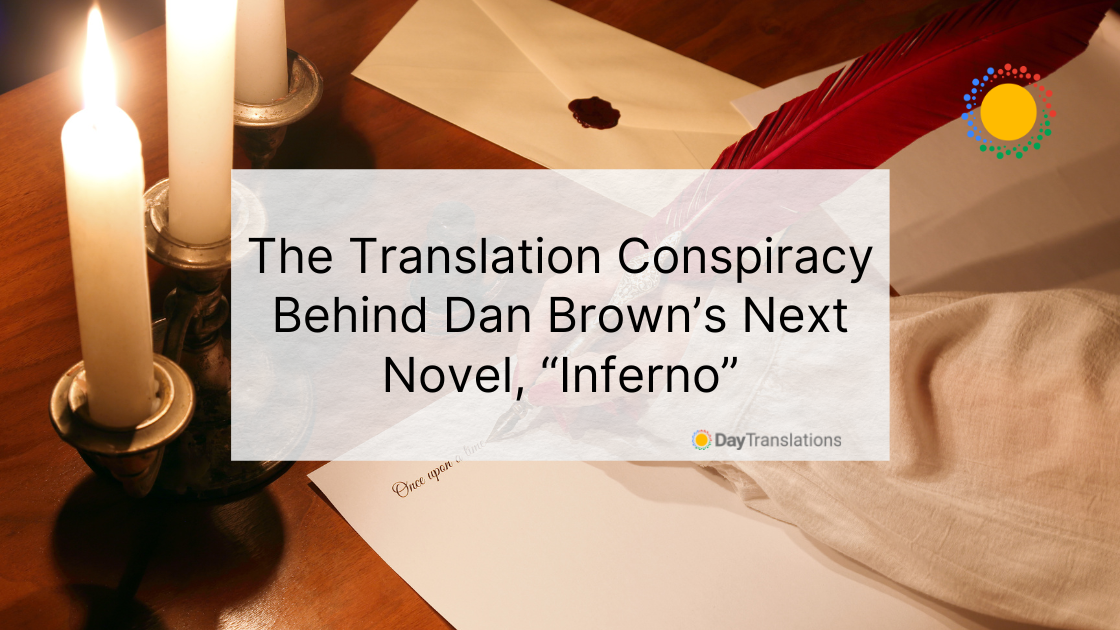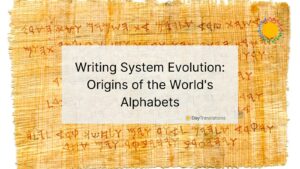The secret revolves around the fourth installment entitled, “Inferno” which will be out very soon, on May 14 in fact. The secret is not as complicated as the secrets that Prof. Langdon had to unravel in his first three global bestsellers, namely “Angels and Demons,” “The Da Vinci Code,” and “The Lost Symbol.”
Here’s what has been kept behind closed doors for a year. Sometime between February and March, eleven translators from a handful of countries were kept in a basement (or underground bunker) by the book’s publishers while tasked to finish translating Brown’s “Inferno.” Before we reveal what the eleven translators (who were amply rewarded and compensated no doubt) went through, here’s a sneak peek at the fourth Robert Langdon thriller for fans who are interested on that angle of the story more than anything.
What most of us know about Brown’s “Inferno” so far
Harvard University professor of iconology and symbology, the erudite (and rather prone to dangerous adventures) Robert Langdon will be caught once again in a complex net of secret passageways, iconic and classic artworks, mysterious symbols and intriguingly, futuristic science. Langdon faces a formidable adversary, as always. And the answer it seems can be found in the tortured first part of Italian poet Dante Alighieri’s epic “The Divine Comedy,” which is none other than the notoriously difficult to understand “Inferno.” Brown said that he would take the reader into another exciting journey. The only other clue is the image of the world renowned Duomo or The Basilica of Saint Mary of the Flower in Florence, Italy. That’s about all we know so far.
Dan Brown
Dan Brown came into prominence when his fourth novel “The Da Vinci Code” hit the jackpot. Its premise has been the subject of earlier but mostly obscure work, both fiction and non-fiction. But he was successful in weaving what conspiracy theorists have been blabbering about for decades into a page-turner. “The Da Vinci Code” even gave Brown his ticket to Hollywood. It was made into a successful film. “Angels and Demons,” an earlier work became a bestseller as well, and was adapted to the cinema as well. “The Lost Symbol, The Movie” is reportedly still in development.
International audience
All of Brown’s three Langdon novels were initially released in English and the translations were released a month or so afterwards when the latest Robert Langdon mystery (in English) was already on the bestseller list. For the fourth Langdon adventure, the intention of Mondadori, the Italian publishing house is to simultaneously release “Inferno” in English, French, German, Portuguese, Spanish, Italian, and Catalan. And that intention was the root of it all.
Maximum security
So this is what they did. They hired eleven translators, gave them one laptop each (screwed permanently on the workstation), provided only one computer for Internet use (supervised only), confiscated their mobile phones, and let them read and work on Brown’s Inferno all day, every day, seven days a week for two months. They were allowed go to the bathroom, eat at the common canteen, take cigarette breaks (but not too long) but everything must be logged in. Should they encounter a Mondadori employee while dining they were all ready with a cover story to tell. Needless to say, they were directed not to reveal any information on the plot whatsoever.
The bunker was guarded by armed security personnel and the manuscripts were locked in a safe when the translators were not working on them. And there were no windows on the bunker.
Despite what some call “severe conditions” or “extreme punishment,” the translators themselves do not seem to hold a grudge. The story was probably worth it, but nobody knows because there have been no plot leaks.
Soon enough, people who can read Catalan, English, French, German, Italian, Portuguese and Spanish will know what the hellish conspiracy is all about.












Sorry, the comment form is closed at this time.